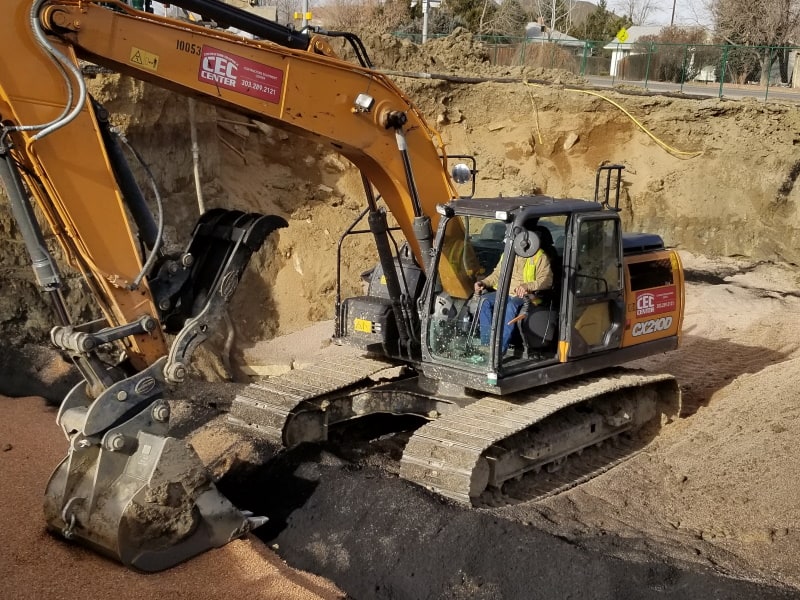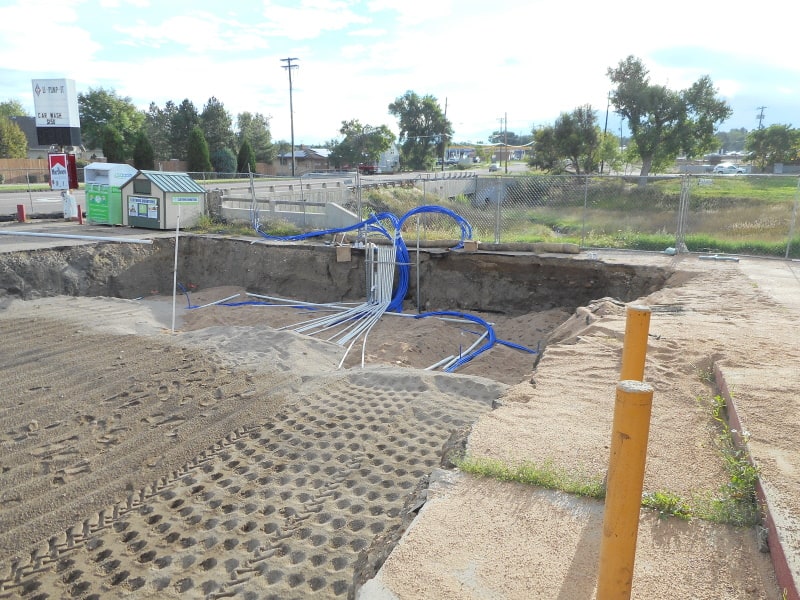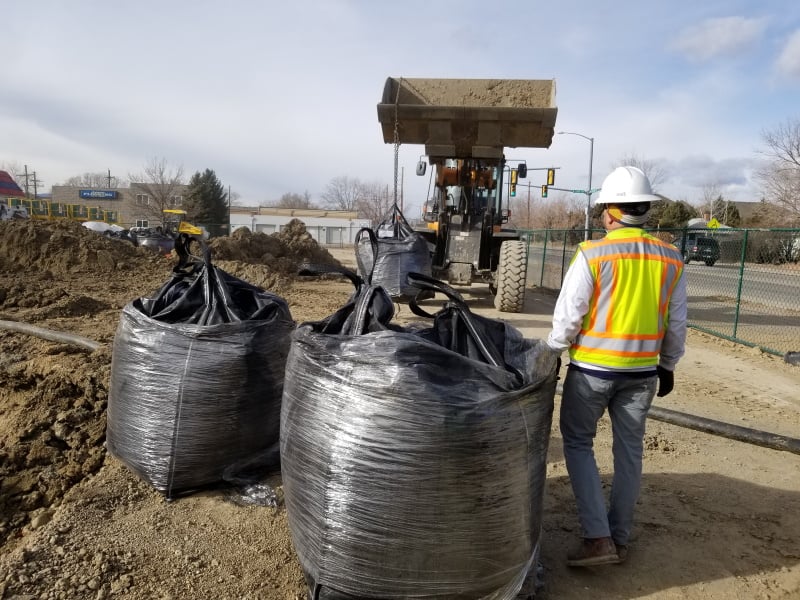Activated carbon: a useful weapon in petroleum hydrocarbon remediation
Activated Carbon (AC) is basically a form of charcoal used in a variety of applications including water treatment, odor removal, food and beverage processing, and more. It’s also commonly used in face masks and body cleansers to remove bacteria, toxins, chemicals, dirt, oil and other particles from the skin.
Activated carbon has a similar application as charcoal masks and water filters, as it sequesters select contaminants detected in soil and groundwater, which can make it a useful tool in remediation efforts.
A form of carbon processed into granules or powder to maximize surface area, certain organic (e.g. petroleum-based chemicals) and inorganic contaminants adhere to AC through a process known as adsorption. AC-based products generally aid remediation through adsorption and by providing a matrix for reaction and degradation.
CGRS has successfully employed AC on a variety of petroleum storage tank site remediation projects. One of the most common applications is for treatment of petroleum-contaminated groundwater: the Environmental Services team has applied AC into excavation backfill material; directly injected liquid slurry powder AC into the subsurface; used AC filters in pump-and-treat systems; and used AC filters to treat air discharges.
Call a CGRS Expert:
800.288.2657

Glen Vallance
Principal/Environmental
Services Manager
Mobile: 970.420.6840
Subsurface injection of AC is a relatively non-intrusive approach performed in small-diameter boreholes. It can also be applied directly into excavations and tank basins, allowing for the placement of AC at precise depths and locations and in quantities designed for effectiveness. The placement of AC can also act as a barrier to intercept a groundwater contamination plume and help prevent contaminants from migrating.
Some compounds such as biological agents, nutrients, and oxygen-enhancement additives may be added to AC to stimulate and accelerate petroleum-degrading bacteria populations. Other chemicals can be added that will directly degrade contaminants via chemical oxidation.
Depending on site-specific conditions, including accessibility to the target treatment area and subsurface characteristics, AC remediation technologies may provide an effective approach to petroleum contamination.





